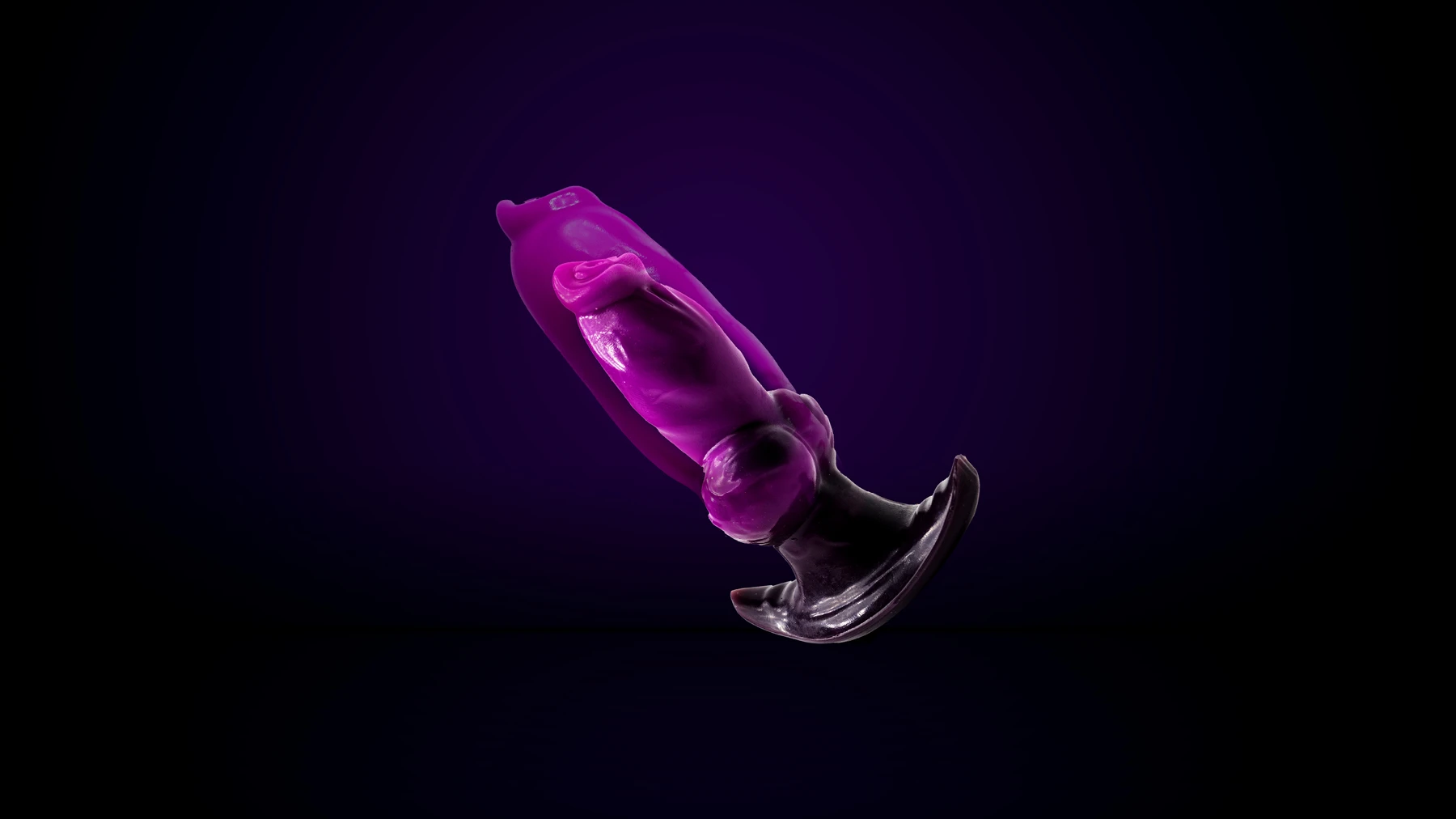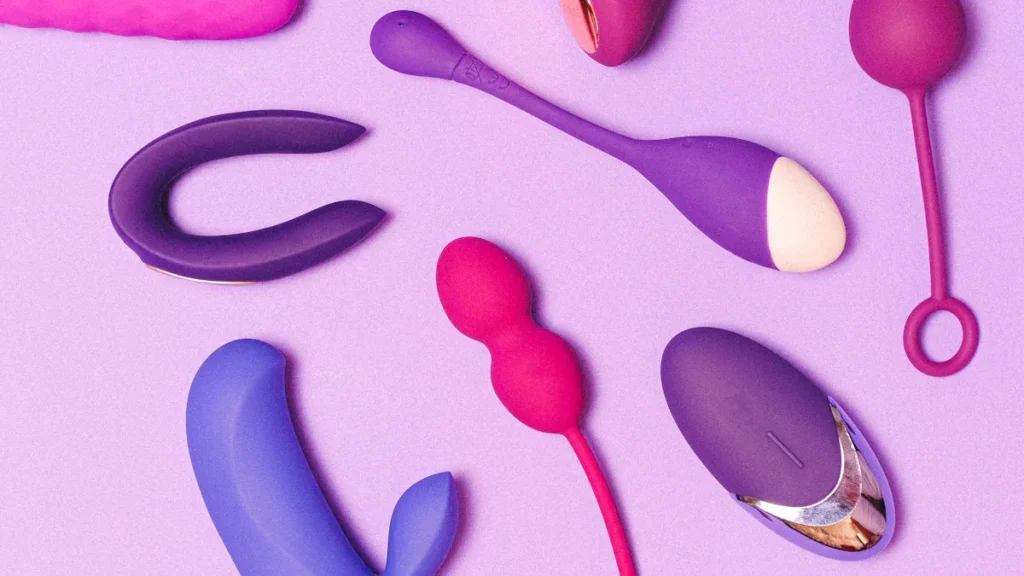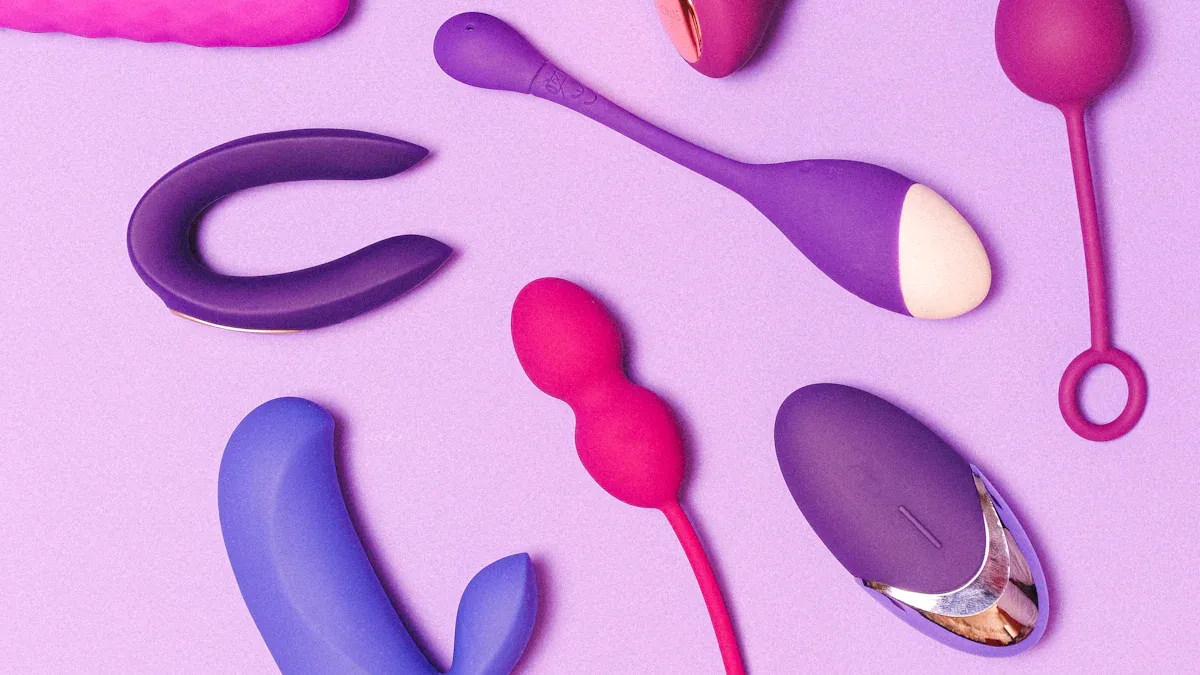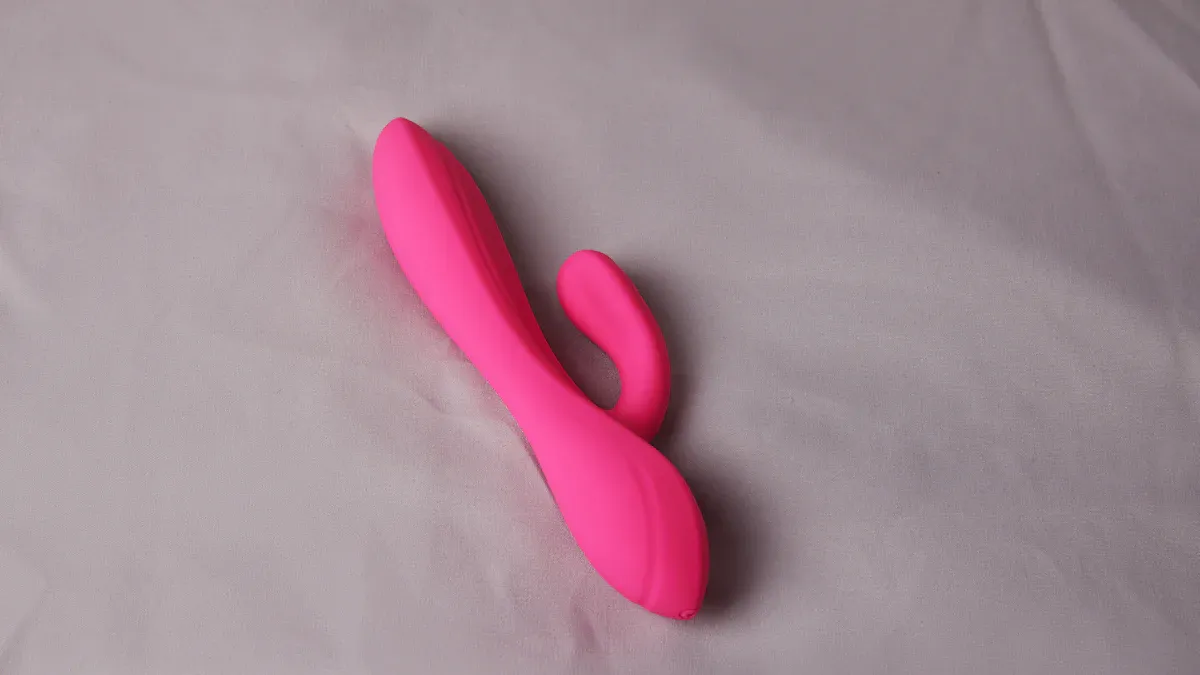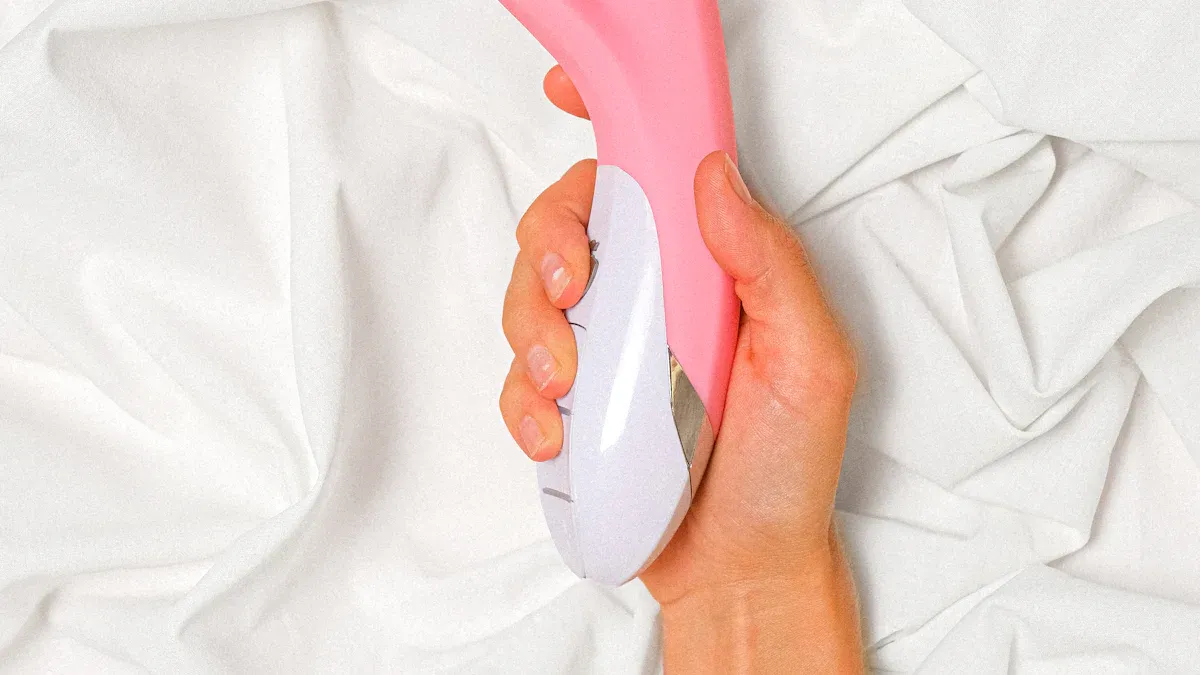What Are Rubber Dildos and How Do They Compare to Other Materials
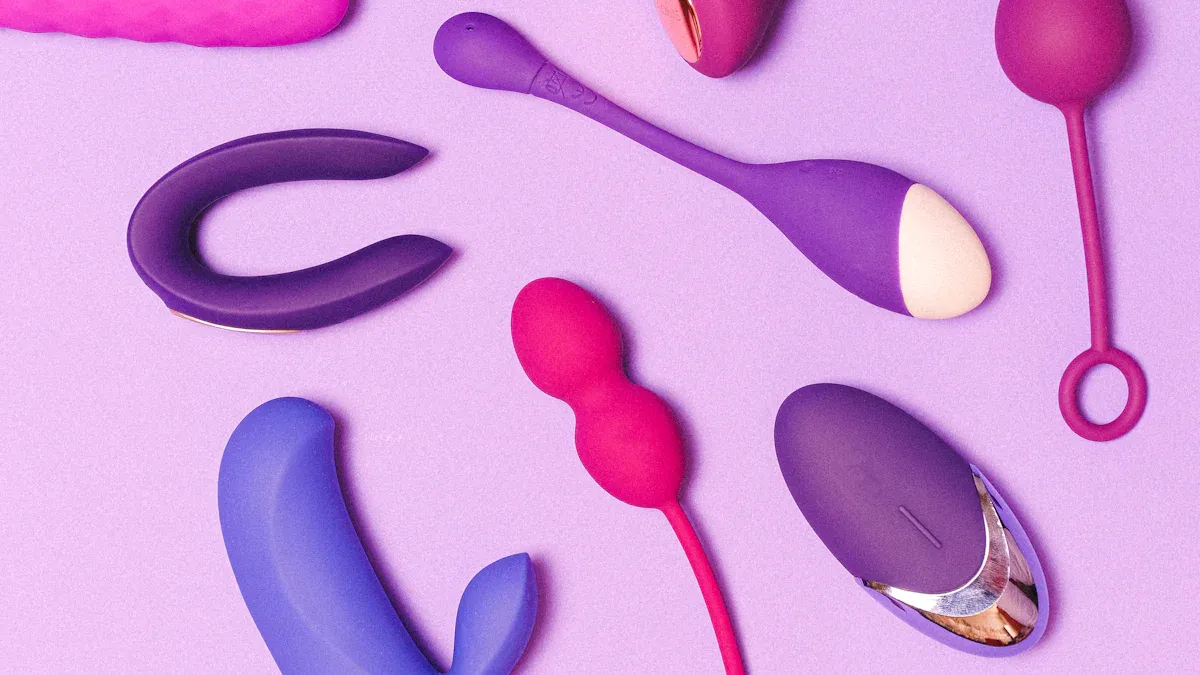
Rubber dildos are sex toys made from different kinds of rubber. They are often shaped to look like body parts. People can pick from many types, like Squirting Strap on Dildos, Suction Cup Dildos, and Vibrating Dildos. Picking a sex toy material is important for safety. It also matters for cleaning and how long the toy will last.
The table below shows how common materials compare for safety and cleaning:
Material
Porosity
Ease of Cleaning
Safety Level
Rubber/Jelly
Porous
Hard
Lower
Silicone
Non-porous
Easy
High
Glass/Metal
Non-porous
Easy
High
ABS Plastic
Non-porous
Easy
High
Knowing what dildos are helps people choose better. It is also good to know how dildos and vibrators are different. This helps people make smart choices.
Rubber Dildos Overview
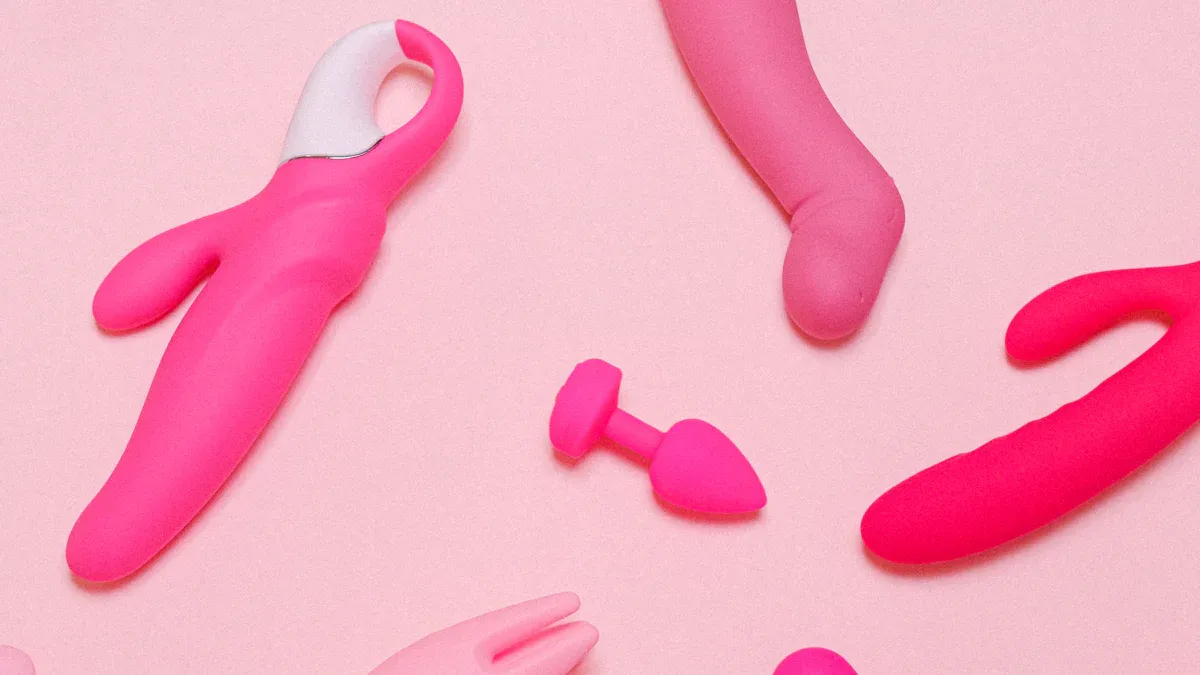
What Are Rubber Dildos?
Rubber dildos are toys made from rubber materials. They come in many shapes and sizes. Some look like real body parts. Others have bright colors or special designs. People often wonder what makes dildos different from other toys. Rubber dildos are firm but can bend a little. Many people buy them because they are cheaper than other kinds.
Types of Rubber Used
Companies use different rubber types to make these toys. Each kind has its own features and safety points.
Jelly rubber is made from PVC and softeners. It often has phthalates, which can be bad for health.
TPR and TPE are soft and feel like skin. They do not have phthalates but are still porous. This means they can hold germs if not cleaned well.
Latex is also used a lot. Some people are allergic to latex, so they should not use these toys.
Some brands use names like Cyberskin or Ultraskyn for their TPE/TPR mixes. These mixes try to feel like real skin.
Key Features
Rubber dildos have some main traits:
They feel heavy and thick. Some are soft, and some are hard.
These toys come in many colors and shapes. Some have suction cups or can vibrate.
Most rubber dildos cost less than silicone or glass ones.
Many have a strong rubber smell, especially when new.
Some, like jelly rubber, may have chemicals called phthalates. These can come out over time.
Because rubber dildos are porous, they need careful cleaning. Using a condom with them can help keep you safe.
Note: Always check if you are allergic to latex before using latex toys. Cleaning rubber dildos well is very important for safety.
Properties of Rubber Dildos
Texture and Feel
Rubber dildos usually feel solid and heavy when you hold them. Some, like TPE or jelly rubber, can feel soft and squishy. Many people think rubber and elastomer toys feel more like real skin than hard plastic ones. Companies make these toys with different textures, like bumps or ridges, to give new feelings. Some dildos have special inside parts to copy the feel of skin or muscle. These things help make using the toy more fun and close. How bendy or stiff a dildo is can change how comfortable it feels. Lots of people like dildos that are soft but still firm, which TPE can do. How warm a dildo feels also matters. Silicone keeps heat well, but rubber can feel cold unless you warm it up first. The kind of lubricant you use is important too. Water-based lubricants are best for rubber. Oil-based lubricants can hurt the toy.
Tip: Warm your rubber dildo in warm water before using it. This can help it feel more real.
Durability and Damage Risks
Rubber dildos can last a long time if you take care of them. They are not as strong as silicone, glass, or metal toys. The surface can get little cuts or tears from nails, rings, or straps. These small marks can make the toy less safe. Over time, rubber might get sticky or lose its shape, especially if it gets too hot or sits in the sun. Some rubber dildos can crack or change color. Using the right lubricant helps keep the toy safe. Water-based lubricants work best for rubber. Oil-based or silicone-based lubricants can break the toy down faster. People should look at their toys often for damage and get a new one if needed.
Porosity and Hygiene
Rubber dildos have tiny holes that can trap germs and smells. This makes them harder to clean than toys made of silicone, glass, or metal. Even after washing, some germs can stay inside the toy. Because of this, experts say to use a condom over rubber dildos for extra safety. This is very important if you share toys or use them in different ways. Clean rubber dildos with warm water and gentle soap. Do not boil them or use strong cleaners, because that can ruin the toy. Keep rubber dildos in a cool, dry place to stop mold and help them last longer. People who want the safest toys may pick non-porous dildos instead.
Note: Porous dildos need extra cleaning to stay safe. Always check for damage and use a condom if you are worried.
Different Materials for Dildos
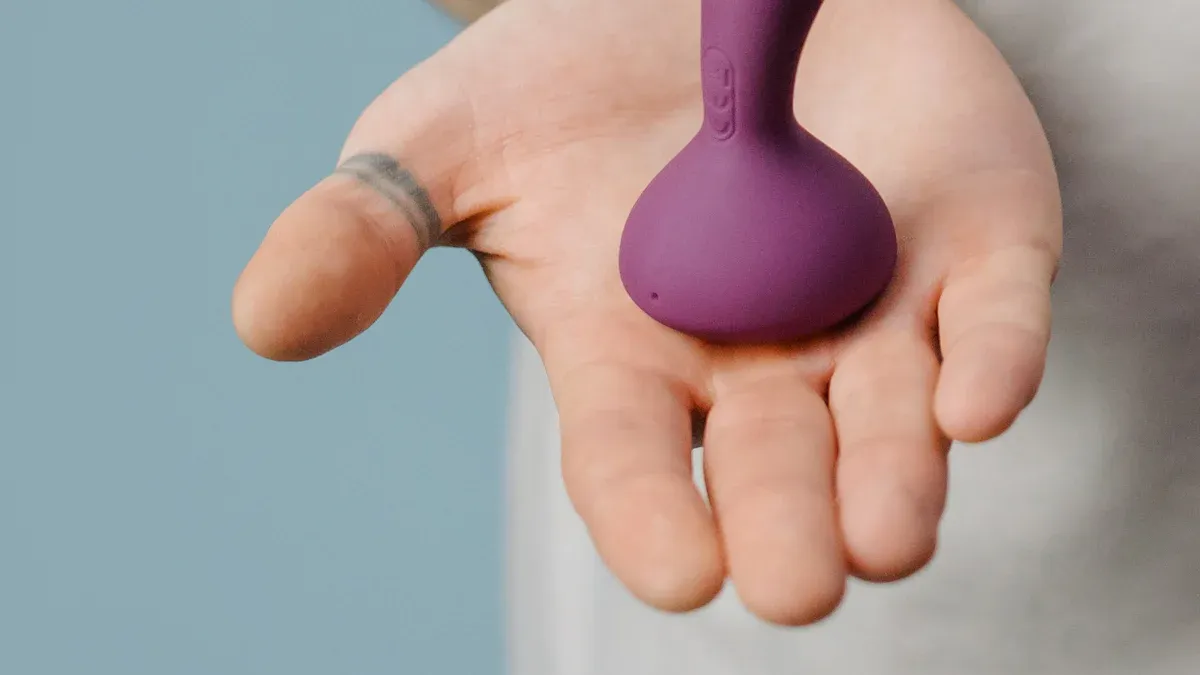
Silicone vs. Rubber Dildos
Silicone dildos are a popular choice for many people. They do not have tiny holes, so germs cannot hide inside. Cleaning silicone dildos is easy, and they last a long time. You can find them in many shapes and how firm they feel. Some have a soft outside and a hard inside, which feels real. Most silicone dildos do not smell strong. They feel smooth and soft, not sticky like rubber dildos. Rubber dildos usually cost less money. But they have tiny holes and might have phthalates. This makes them harder to clean and not as safe. Experts say to use condoms with rubber dildos to help stop infections. You can boil silicone dildos or put them in the dishwasher to clean them. Rubber dildos need gentle soap and water instead. Many people pick silicone dildos because they are safer.
Tip: Look for toys that say food-grade, body-safe, or medical-grade silicone for the best safety.
Glass and Metal
Glass sex toys and metal dildos feel very different from rubber. Both are non-porous, so they are easy to clean. Glass toys do not bend, so they always feel firm. Metal dildos also stay firm and can last for years. You can make glass or metal toys warm or cold for new feelings. These toys do not smell and do not keep germs if you clean them well. Many people like glass toys because they are smooth and look cool. Metal dildos feel heavy and strong, which some people like. Glass and metal toys cost more than rubber dildos. But they are cleaner and last longer.
Plastic and Other Sex Toy Materials
Plastic dildos are often made from ABS plastic. They are non-porous and easy to clean, but they can break if dropped. Plastic toys do not feel as soft as silicone or TPE dildos. The table below shows how plastic and rubber are different:
Feature | ABS Plastic | TPR/TPE Rubber |
|---|---|---|
Durability | Non-porous, can break | Porous, can tear or peel |
Hygiene | Easy to clean | Hard to clean |
Affordability | Affordable | Very affordable |
Safety | Body-safe, check for wear | May contain phthalates |
Plastic dildos are good for people who want something cheap and easy to clean. Rubber dildos cost even less but need more care and do not last as long. Always check your toys for damage before using them. Silicone, glass, and metal dildos are the safest and last the longest.
Most Body-Safe Dildo Material
Health and Safety Concerns
Picking the safest dildo material helps keep you healthy. Doctors and safety groups say non-porous toys are best. These include medical-grade silicone, borosilicate glass, stainless steel, and hard ABS plastic. These materials do not hold germs or chemicals. You can clean them easily. You can even boil them or use a dishwasher to sanitize them. Studies show some sex toy injuries come from both accidents and chemicals. Sex toys do not have strong safety rules because they are sold as fun items. This means buyers must be careful about what they pick. The best dildo material does not soak up germs and is easy to clean after each use.
Tip: Toys made from glass, stainless steel, or silicone are safest for regular use.
Phthalates and Chemicals
Rubber dildos often have phthalates, which make plastic soft. Research shows phthalates can mess with hormones and hurt the body. Some rubber dildos say “phthalate-free” but still have these chemicals. Tests found many rubber toys let out microplastics and nanoplastics when used. These tiny bits and chemicals can get into the body through skin or tissue. Health groups banned phthalates in kids’ toys, but not in adult toys. The best dildo material skips these risks by using safe materials like silicone, glass, or metal. Using a condom on porous toys can help lower chemical risks.
Allergies and Sensitivities
Some people are allergic to latex or other rubber materials. Latex allergies can cause itching, swelling, hives, or trouble breathing. About 84% of people with latex allergies react to latex condoms, and the same can happen with latex sex toys. Silicone toys almost never cause allergies and are called hypoallergenic. A silicone dildo is a good pick for people with sensitive skin. Cleaning toys well and using condoms with porous toys helps stop infections and allergies. The safest dildo material will not cause rashes or allergic reactions.
Note: Always check for latex allergies before using rubber or latex toys. Pick the best dildo material for your body’s needs.
Cleaning and Care Tips
Cleaning Rubber Dildos
Rubber dildos need careful cleaning because they are porous. This means germs and bacteria can hide inside the material. Experts say to always wash rubber toys before and after each use. Use gentle, unscented soap and room temperature water. A soft washcloth or a cleaning toothbrush helps reach small dips and crevices. Many people want to know how to clean a dildo made from rubber. The best way is to avoid harsh cleaners and never boil or put the toy in the dishwasher. These methods can damage the toy and do not make it fully safe.
Wash with warm, soapy water after every use.
Use a soft brush for textured areas.
Dry the toy completely before storing it.
Always use a condom on rubber dildos, especially if sharing.
Choose water-based sex toy cleaners for extra safety.
Doctors say the risk of HIV from rubber toys is very low if cleaned well. Still, condoms add another layer of protection. When learning how to clean a dildo, remember that porous toys can never be fully sterilized. Using condoms helps keep everyone safer.
Tip: Store new toys in a clean place and wash them before first use.
Maintenance and Storage
Proper storage keeps rubber dildos in good shape. After cleaning, dry the toy fully to stop bacteria and mold. Store each toy in its own pouch or bag. This keeps dust and dirt away. Do not let rubber toys touch each other or other materials. Some chemicals can mix and cause damage. Keep toys in a cool, dry spot out of sunlight. Heat and sun can make rubber sticky or change its color. Check toys often for cracks, tears, or sticky spots. Replace any toy that looks damaged. Storing toys well helps them last longer and keeps them safer to use.
Note: Upgrading to non-porous toys like silicone or glass makes cleaning and storage easier.
Rubber dildos cost less and come in many shapes, but they need more care to stay safe. Silicone, glass, and metal dildos last longer and clean easily. People should always check for allergies and use condoms with porous toys. Safety and cleaning matter most when picking a toy. The difference between dildos and vibrators also helps people choose what fits their needs best.

